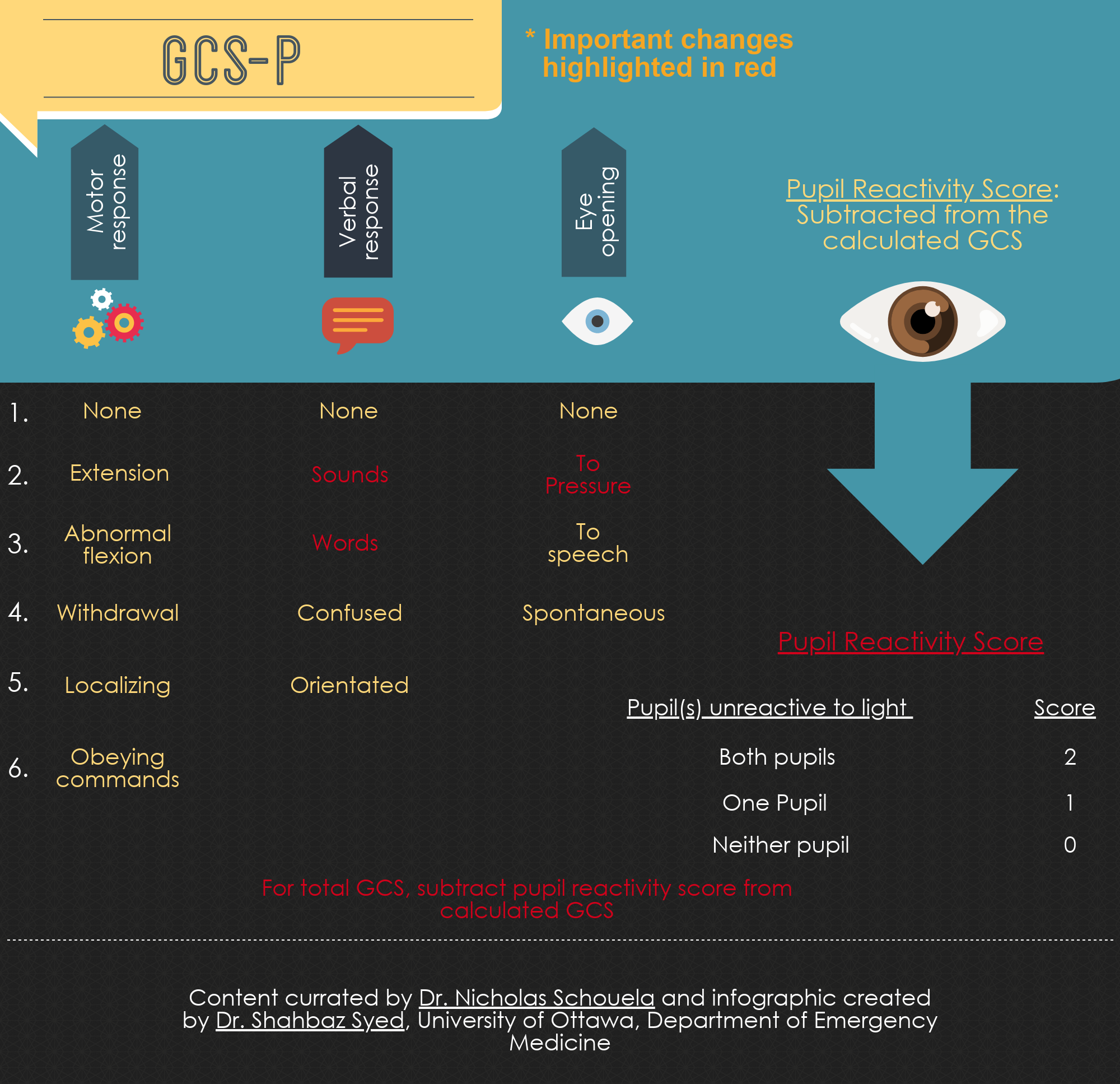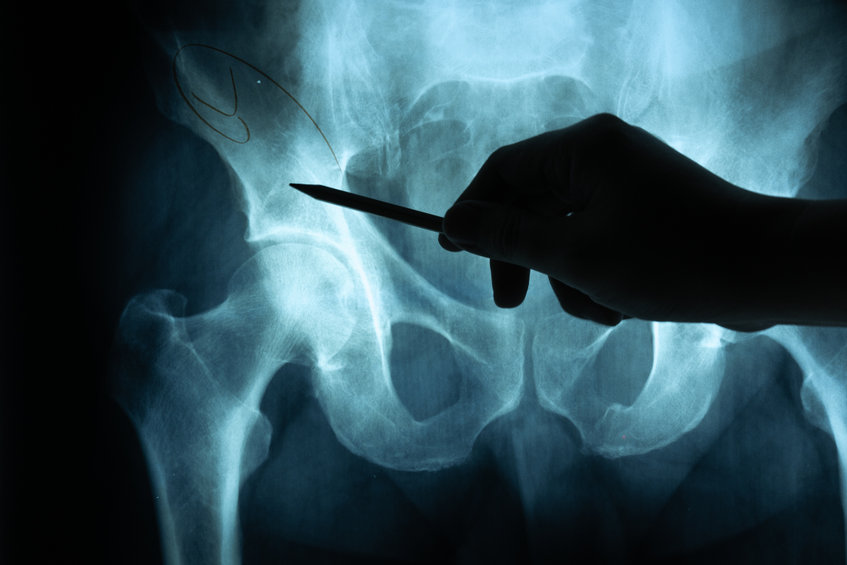
High value and fatality related claims: NHS resolution report
12th April 2022
The Glasgow Coma Scale 2022 Updates
26th April 2022NHS Resolution, the arm’s length body responsible for negotiating concerns about the National Health Service, has recently published several key reports which relate to the quality of care (or lack thereof) in the NHS. One such report regards the prevalence of fractures that clinicians failed to identify, with its focus on 78 specific cases from prior years.
This is important because undetected injuries are untreated injuries, and these may go on to cause further (preventable) harm to patients. The NHS Resolution report not only elaborates upon how the Emergency Department missed these but also gives recommendations on how to mitigate these mistakes.
The Report’s Key Findings
NHS Resolution found that, in 2018/19, there were over one million admissions to the Emergency Department for fractures, dislocations, joint injuries, or amputations – this is 5.1% of the people attending the Department. However, sometimes the clinician missed a fracture in the patient, with 78 successful litigious claims between 2015/16 and 2017/18 regarding this. These claims are costly for hospitals and stressful for patients, who may find themselves grappling with pain and further injury that a more thorough diagnosis could have prevented.
The causes for these mistakes seemed to vary, but broadly speaking all relate to an error during the usual care pathway for fractures. For most of the 78 cases (50 or 64%), the clinicians correctly conducted the x-ray – but would almost always fail to identify the abnormality leading to an incorrect diagnosis. For nearly all the remaining 28 cases, the incorrect conclusion was that it was a soft tissue injury.
The Report’s Recommendations
This report acknowledges its own limitations, namely that 78 closed legal cases may not be fully representative of the wider issue, and might not illuminate every prevalent factor. However, the document does note that the NHS is perpetually under intense strain. It appears to conclude that the only definitive fix to these issues would be an ‘optimum workforce’ with ‘optimum communication’ and ‘optimum imaging’, but notes that this is not a practical suggestion.
The report notes that following the correct care pathway would negate almost all 78 cases; nearly 2/3 of these instances were only because a radiologist did not check the x-ray. It recommends hospitals focus on increasing radiography roles alongside CT scans, while also improving training for clinicians on reading emergency x-rays.
Interpreting the Report
This report provides an essential insight into the institutions which provide our healthcare and shows they are not immune to mistakes – including ones that can end in further injury. It is vital that every health professional is able to follow the relevant care pathway precisely, but we must also understand that no perfect solution can exist when the issue is human error.
Regardless, the report makes several well-founded recommendations; emphasizing radiography’s importance and the improved supervision of junior clinicians by comnsultants, for example, could significantly limit these faults. This would be a helpful investment for any NHS trust, as the organization spent £300 million in 2020/21 on legal costs. Using the money to improve the quality of care can go a long way towards making sure clinicians find more significant fractures and reduce their complications.





1 Comment
[…] point of call is the x-ray department. Unfortunately, one of the main causes of diagnostic error is failing to interpret x-ray images correctly. Minor fractures can be mistaken for old injuries or appear within normal parameters. The choice of […]